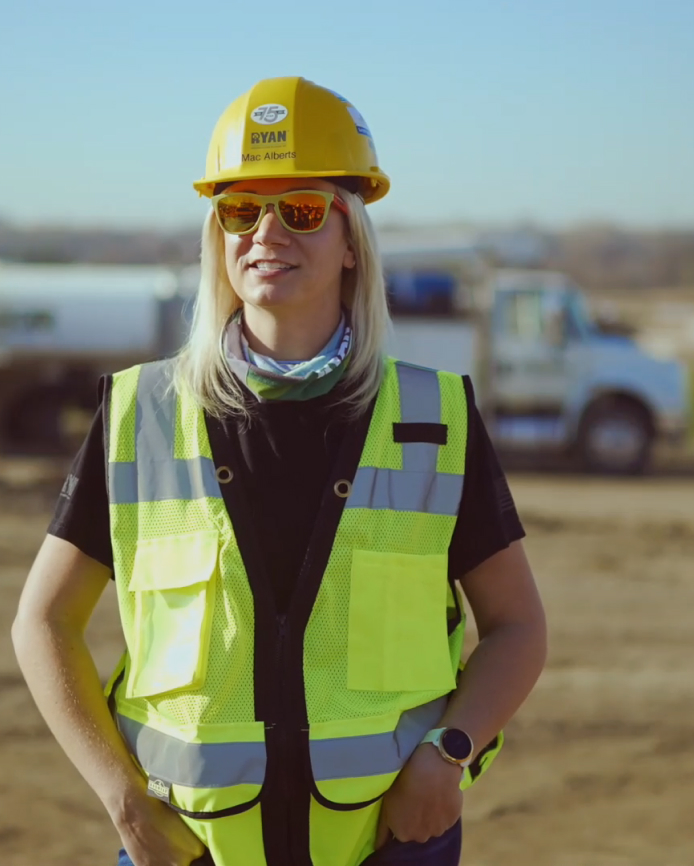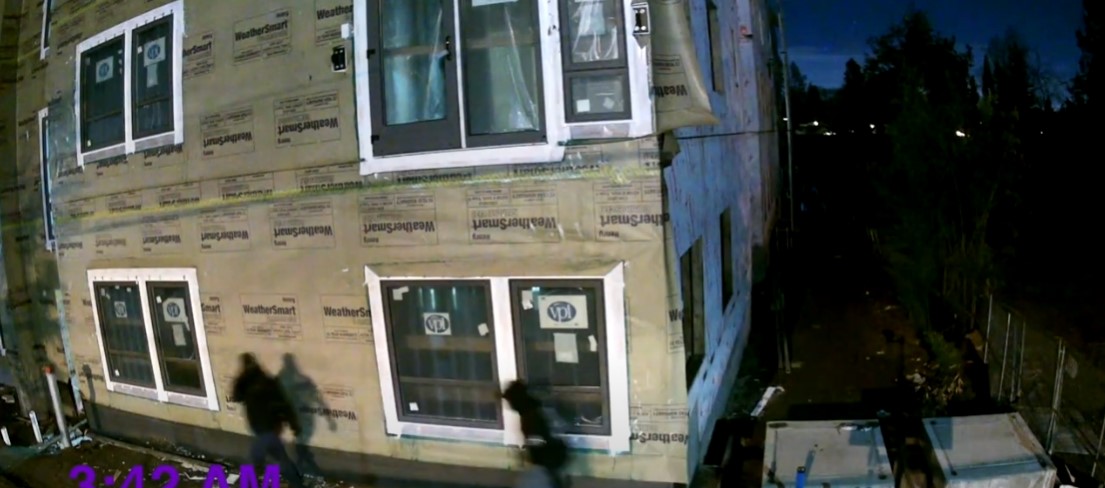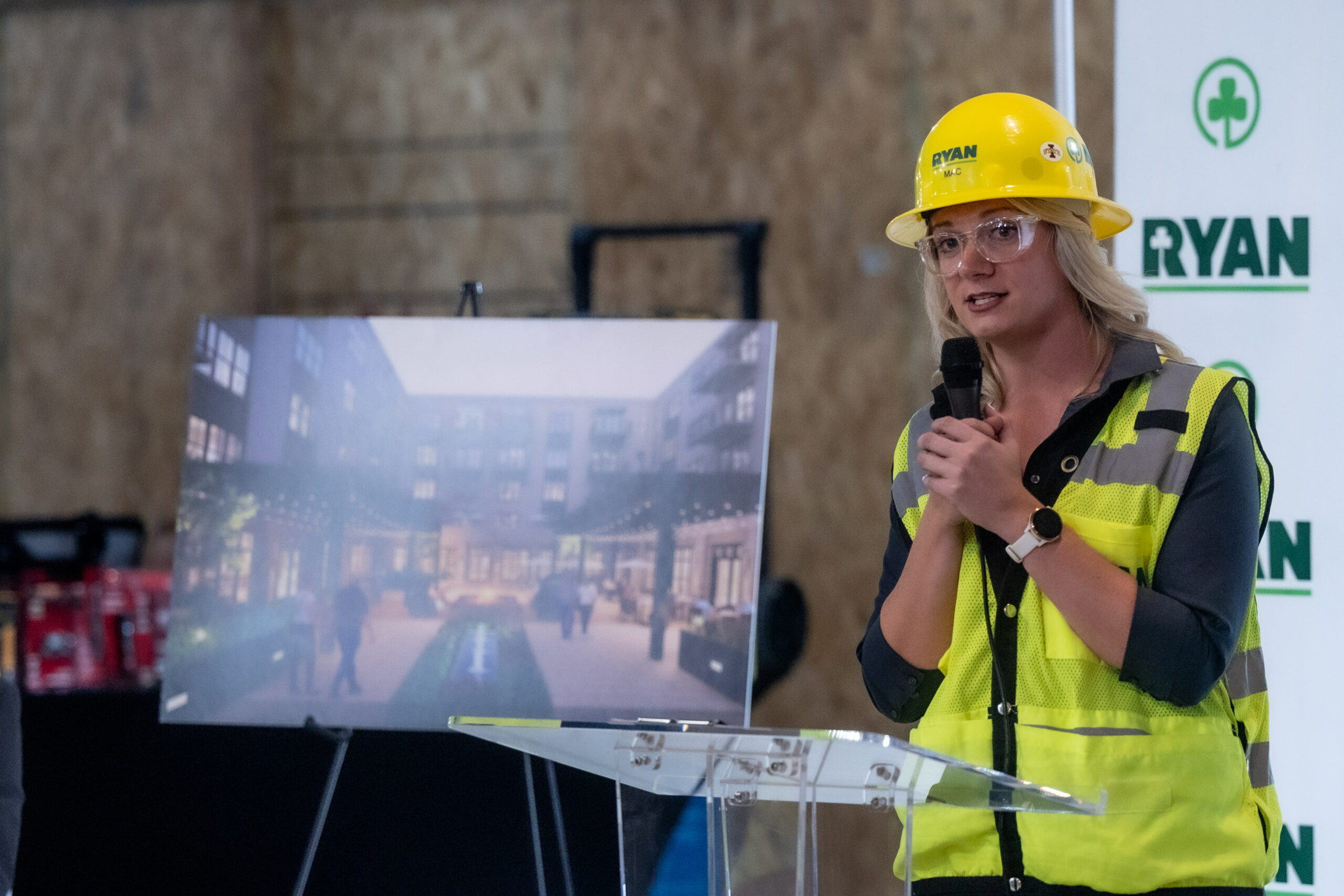Technology has made several tedious or dangerous jobs easier, but job site security and job site monitoring are two areas that were slow to adopt technology. Traditional job site security and monitoring required more people, more time, and often bigger budgets to manage effectively. Let’s look at five problems with traditional job site security and monitoring and how remote systems can alleviate those issues.
Problem #5: Fences Alone Aren’t Necessarily a Deterrent
Although rates vary from one project to another, the cost of fencing rental ranges between $15 and $87 per month, depending on the type of fence, length, materials, and other factors. If fencing is all you need, it’s a bargain. From a safety perspective, a fence around your construction site is a great way of keeping unwanted visitors from letting curiosity get the best of them. From a security perspective, however, having fences around your construction site won’t prevent the most committed criminals from accessing your equipment and materials. If you rely solely on physical barriers to secure your job site, chances are you’ll find tools and materials disappearing faster than you can replace them.
Problem #4: Locked Up isn’t Locked Down
A fence without locks isn’t much of a deterrent to crime. Depending on the locks you choose, from simple padlocks to more expensive digital locks with keypads, your site will certainly be more secure. Of course, the locks are only as secure as the keys and codes shared with personnel to facilitate access. Once you start sharing keys and codes, you’ve all but eliminated the security offered by locks. This isn’t to say that locks on fencing shouldn’t be part of your overall security plan but relying on them alone isn’t a great idea.
Problem #3: More People More Problems
The most common, pre-digital age, solution for job site security was security guards patrolling the perimeter and interior of your job site 24 hours per day. As most businesses discovered during and after the pandemic, on-site staff isn’t always possible or affordable. Depending on the size of your project, its location, and the availability of willing personnel, using in-person security to patrol your job site may be too expensive or not possible. Throw in possible dangerous environmental conditions and insurance may cause you to rethink your security plan.
Problem #2: Alarming Statistics
Studies show that locations with a monitored alarm system are one-third less likely to be burglarized than the unprotected areas right next door. Great news except that most construction sites aren’t monitored 24 hours per day and are quite often in remote locations. Alarms are only as good as the response to an alarm and unless your job site is monitored 24 hours per day, 7 days per week, an alarm blaring may go unnoticed.
Problem #1: Cameras Are Not Created Equally
A camera or two on a job site can help give you the illusion of security. The problem is that most cameras used for construction site monitoring aren’t high resolution or high end for that matter. You get what you pay for and if affordable is more important than reliable, you’ll likely end up with cameras that aren’t sufficient to secure your job site. The higher the quality, the higher the cost and in some cases require cabling or infrastructure that isn’t present on a typical job site.
Is There an Affordable & Reliable Solution?
What does it all mean? Is there no affordable solution to construction site security or job site monitoring that fits all situations? While there is not a “one-size-fits-all” jobsite monitoring solution, the truth is there are solutions that are affordable as well as reliable and might even do much more for you than simply keeping your job site safe and secure. SiteKick built its reputation by providing job site monitoring solutions that address common issues faced by modern construction companies from environmental monitoring to inventory management to documentation to marketing.
To find out how SiteKick is changing the way construction companies view the power of job site monitoring, contact us for a free demonstration.







